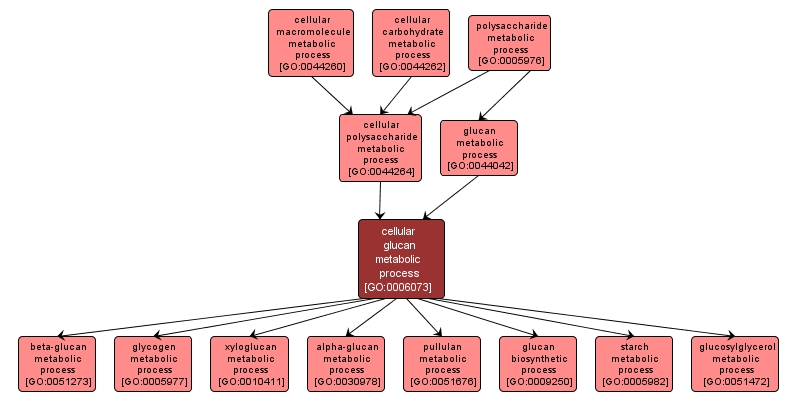GO TERM SUMMARY
|
| Name: |
cellular glucan metabolic process |
| Acc: |
GO:0006073 |
| Aspect: |
Biological Process |
| Desc: |
The chemical reactions and pathways involving glucans, polysaccharides consisting only of glucose residues. |
Synonyms:
- cellular glucan metabolism
|
|

|
INTERACTIVE GO GRAPH
|














